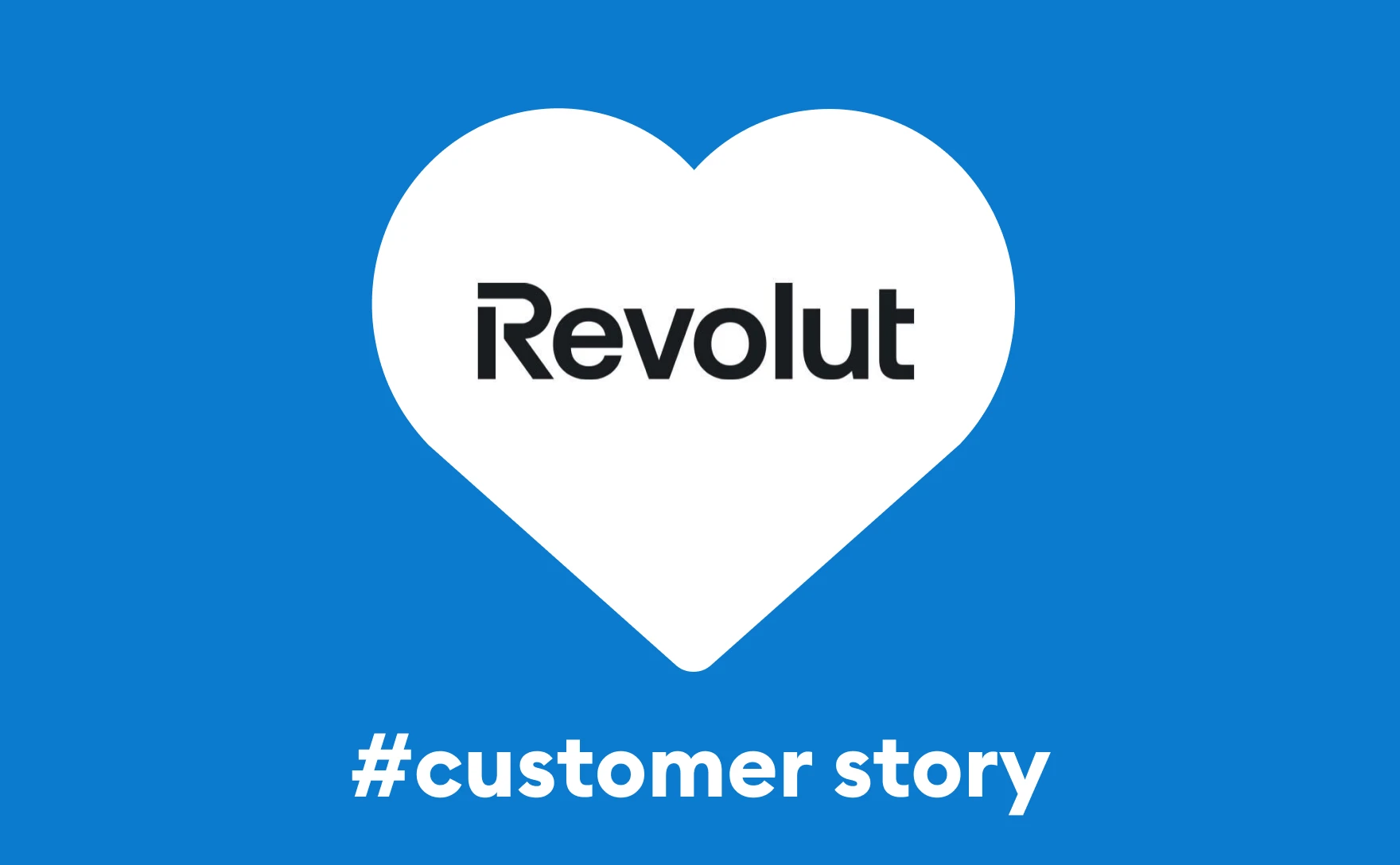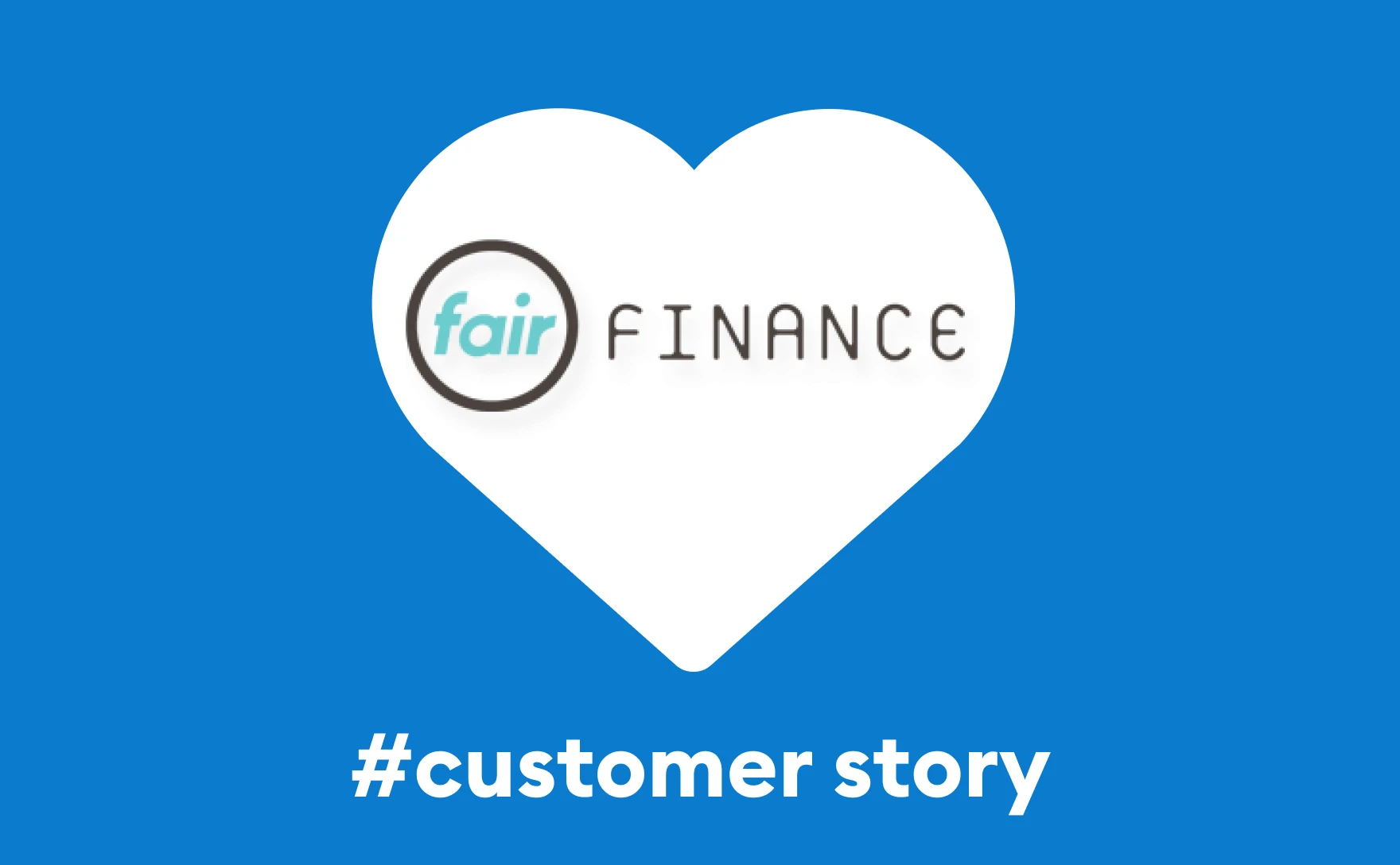Study: BNPL adoption in Southern Europe

In 2020, the share of e-Commerce revenues generated by BNPL was 23% for Sweden, and 19% for Germany.
Far behind, this share was 2% for Spain and Italy, and 4% for France.Unlike Northern Europe, which is moving towards a cashless society, Southern Europe is still attached to cash. Nevertheless, the pandemic has greatly accelerated the digitization of payments, and with it, the use of fractional and deferred payment solutions.
In France, this delay can also be explained by the regulations in force for payments beyond 90 days, which are considered restricted credit. These require a longer purchasing process, and sometimes supporting documents. This is an unequivocal obstacle for some consumers, who, slowed down in their purchasing process, abandon their purchases. Others, resistant to credit, also give up.
However, BNPL has already made a name for itself with consumers. The forecasts are clear: we're going to see an explosion in this use in Southern Europe.
Algoan presents its results from the usage study "Usage du BNPL en Europe du sud", conducted with Happydemics over the period from February 26, 2021 to March 3, 2021 among 4,401 respondents over the age of 18. The sample was surveyed by online self-administered questionnaire.
Details of the population surveyed:
1071 French / 1011 Spanish / 1083 Italian / 1236 Portuguese
A population seduced by fractional payments
Although BNPL does not yet represent the same market share as in Germany and Scandinavia, it has already been tested and approved by a majority of the Latin population. More than one French person in two has already used fractional or deferred payment when making a physical or online purchase.
40% of Spaniards and 33% of Italians have also used these payment methods.
The Portuguese are more timid, with only 25% having been tempted. These adoption rates can be explained by the late arrival of BNPL players in Southern Europe; Klarna, which has just announced its arrival in France, only established itself in Spain and Italy in 2020. Portugal is not yet benefiting from increased competition in the sector, which is delaying the introduction of these solutions.
In France, traditional banking institutions are tending to compete with independent players such as Alma or Pledg, who are establishing themselves with a more agile strike force among (e)merchants.
If we look more closely at usage, fractional payments are favored over deferred payments.
It is used by 30% of the French, 6 points more than in 2020, while deferred payment is used by less than 20% of the population in the countries surveyed.
This facility, which enables customers to pay for their purchases in 3 to 12 instalments, is particularly popular with the younger generation, especially those aged 18-34. Digital natives, they even consider BNPL to be a decisive criterion in their choice of retailer.
A solution for the unexpected
In all the countries surveyed, split or deferred payment is cited first and foremost as an advantage in the event of unforeseen expenses, and as a solution for avoiding an unwelcome overdraft, which would entail an additional cost.
Quite related, the ability to make a purchase by anticipating cash inflows is the second factor cited by those surveyed as being beneficial. Buyers are no longer obliged to wait until the end of the month before fulfilling their needs or desires.
BNPL is therefore mainly used as a means of improving cash management, whatever the profile of the buyer.
In fact, a recent Floa Bank study carried out with Opinionway confirms this trend, stating that 37% of CSP+ people have used it in the last twelve months, compared with 24% of inactive people.
A finding that seems to apply only in France. Among the Spaniards, Portuguese and Italians we surveyed, those with existing consumer credit were more inclined than others to pay by instalments or deferred payment.
Fear of overindebtedness & hidden costs
The main drawback cited by respondents is the risk of overindebtedness. This fear is justified, since the number of cases of overindebtedness in France is expected to rise in the second half of 2021 (May 2021 data from the Algoan Index: an analysis of the financial health of French borrowers based on Open Banking data).
In France more specifically, more than half of those questioned consider that these payment facilities can sometimes result in higher than expected costs, due to unanticipated additional charges.
Proof of the use of these payment solutions in moments of financial stress, 4 out of 10 respondents (among Italians, Spaniards and French) have already received a payment refusal as part of a Buy Now Pay Later process. Refusals for which almost half of respondents claim to have received no clear explanation.
Consumers are therefore largely aware of the risks associated with these payment methods. This is a strong argument in favor of better regulation of BNPL, to limit these risks.
All respondents said that an instant analysis of their financial situation would reassure them at the time of purchase.
The second element of reassurance mentioned by respondents is the possibility of assessing their ability to repay from the merchant site. These are two needs that Open Banking can effectively meet.
You may also be interested in
A project? A question?
Would you like to change the way you make credit decisions? Let's talk!



